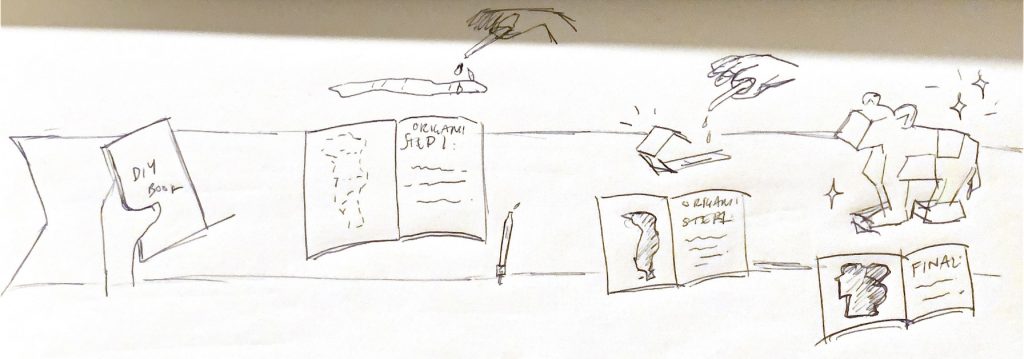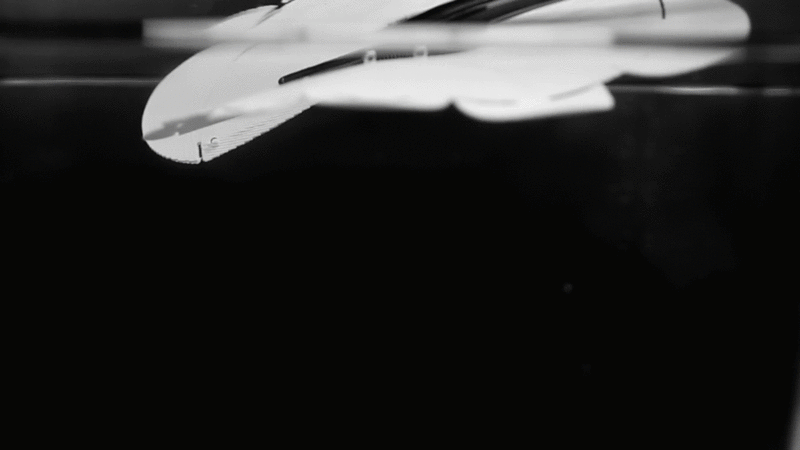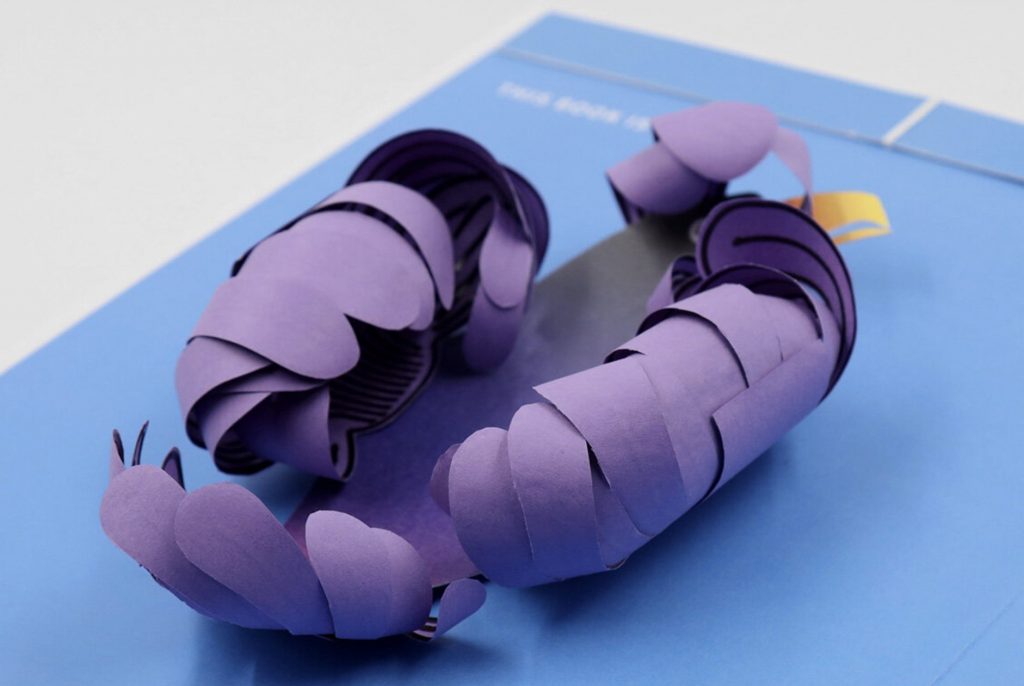Introduction
We are creating an interactive DIY book for teenagers and adults with self-folding/actuating origami pages that aid the reader’s process of making. Our overarching goal is to accommodate a hands-on learning style by making it easier to visualize through tactile experiences. For example, a lesson in the book could be an “introduction to circuits and materials,” and the actuated paper could form different shapes. Another example would be a self-folding origami lesson made from thermoplastic that folds with heat or water.
Proof of concept experiment
- Question: Best paper material with right feel and properties
- What material(s) should the pages be made of so that their properties align with the book’s goals (mentioned above)?
- Technique: form the same cuts and design on each piece of test paper and compare the outcomes: shape precision, durability, paper feel, reversibility, etc
- Materials: Different types of paper (Yupo, Printer paper, cardstock), thermoplastic, actuators (some sort of conductive deposit), scissors




actuating paper folds
Technical Papers:
- Koh, J, Kim, S, & Cho, K. “Self-Folding Origami Using Torsion Shape Memory Alloy Wire Actuators.” Proceedings of the ASME 2014 International Design Engineering Technical Conferences and Computers and Information in Engineering Conference. Volume 5B: 38th Mechanisms and Robotics Conference. Buffalo, New York, USA. August 17–20, 2014. V05BT08A043. ASME. https://doi.org/10.1115/DETC2014-34822
- Tolley, M. T., Felton, S. M., Miyashita, S., Aukes, D., Rus, D., & Wood, R. J. (2014). Self-folding origami: Shape memory composites activated by uniform heating. Smart Materials and Structures, 23(9), 094006. doi:10.1088/0964-1726/23/9/094006
- Kim, J., Yun, S., Mahadeva, S. K., Yun, K., Yang, S. Y., & Maniruzzaman, M. (2010). Paper Actuators Made with Cellulose and Hybrid Materials. Sensors, 10(3), 1473–1485. MDPI AG. Retrieved from http://dx.doi.org/10.3390/s100301473